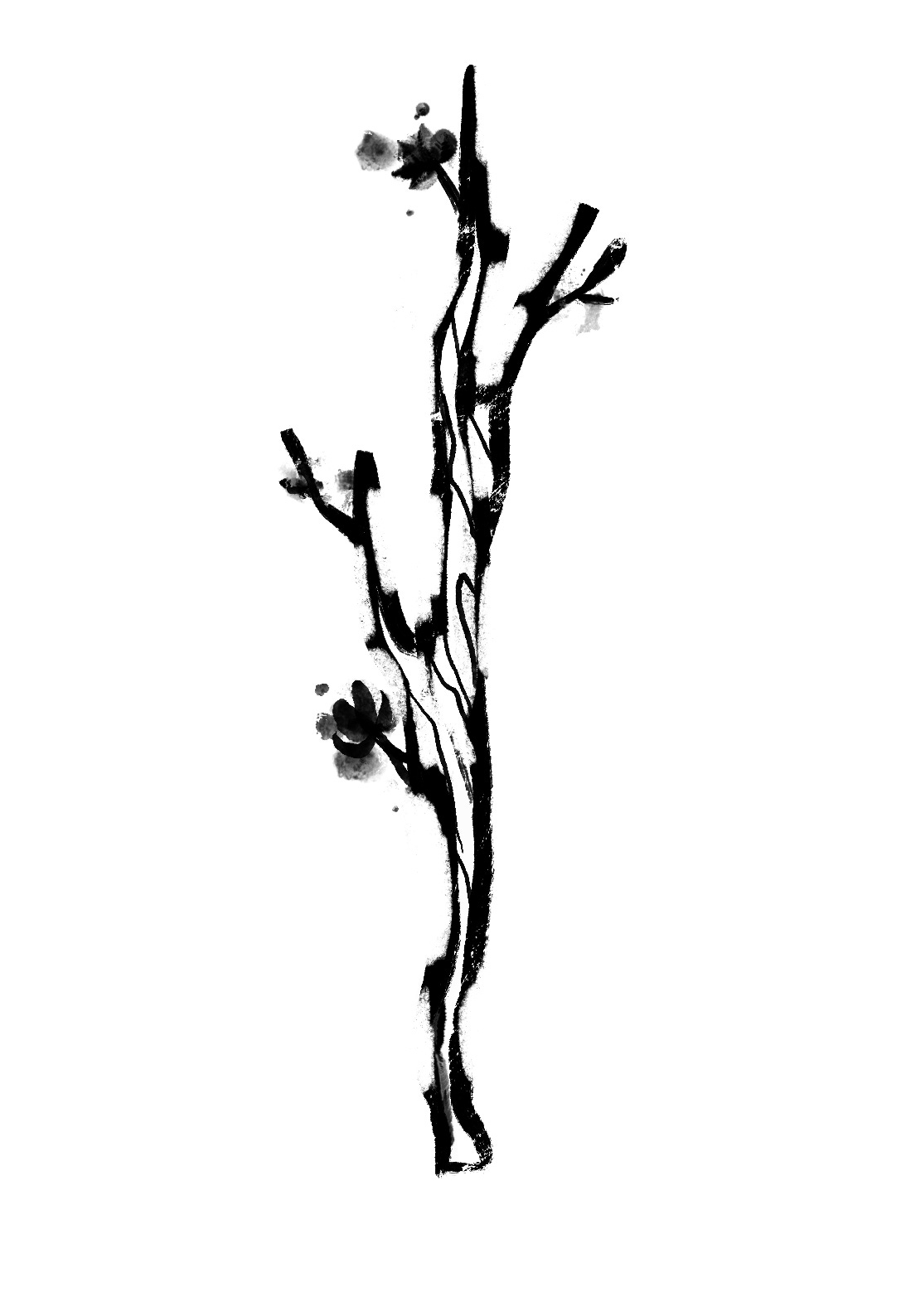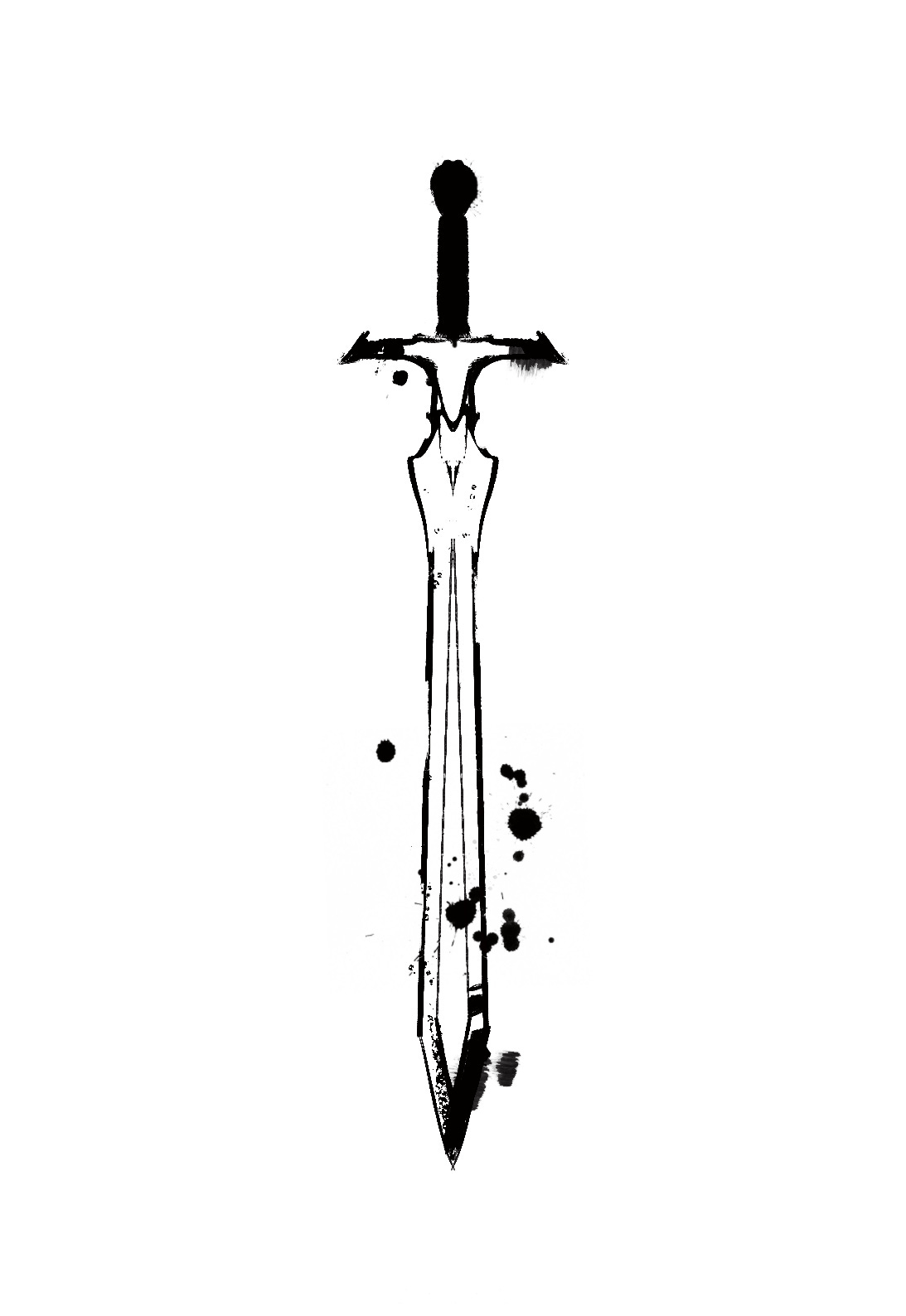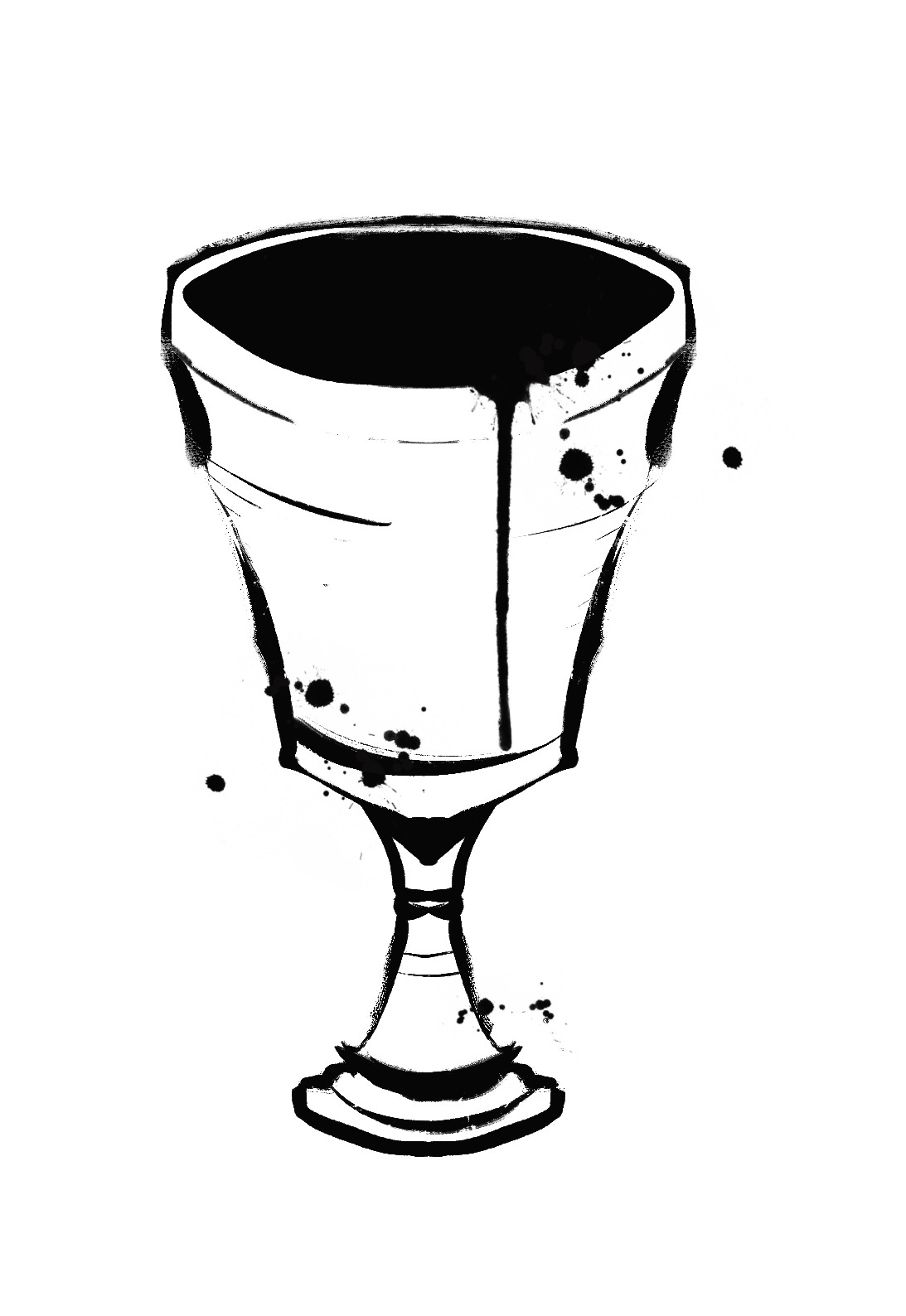A Question of Power in 'Death of the Author'
Can a fictional character truly wrest narrative agency from their writer?
How far can you bend a story before it will break?
Reviewing solo-journalling games is a unique challenge - you’re only ever presented with the skeleton of a story, it’s up to you to give it shape, and breathe life into it. You get as much out of a solo-journalling game as you put into it - so any review is warped more than usual by the writer.
What makes the topic of this review even more interesting is that this game is specifically written to turn things back on the writer. I am reviewing Samantha Leigh’s Death of the Author, in advance of its release, and sharing my thoughts about my experience with the game - and the questions it brings up.
Death of the Author is a solo-journalling game where a single fictional character wrestles for control over their own narrative from the Author. It is written by Samantha Leigh, and is a hack of another one of their solo-journalling games, Anamnesis. Anamnesis’ tarot-based prompts template has led to a number of other hacks on itch - some of my favourite games are Anamnesis hacks - but this concept here is something special.
For those of my followers who haven’t played Anamnesis or aren’t familiar with solo-journalling games (I’m aware I have a very mixed audience, at the moment), gameplay is simple. The game uses prompts to guide you through the bones of a story, prompting you with questions to guide the story on. Each prompt is based on one of the tarot cards you may draw. Essentially there’s a structure for the story, yes, but just enough randomness to keep you on your toes…and keep your imagination sparked. Play it at your own place, be as detailed or vague as you like - it’s only you, the cards, and your writing.
Death of the Author has the same general structure. You have your set-up, in which you establish who your Character is and the people in their lives, the type of story that Character is in, and the people in that Character’s life. You are then guided, Chapter by Chapter, through that Character’s story. In each chapter, the Character has the ability to, if not grab control of the story, than at least rock the boat. Little changes - possibly crucial ones - that change the prompts provided, that change the details of the story being told - but a clever writer can adapt, and bring the story right back around to where they want it to be.
The question is…how far can you bend a story before it breaks?
Anyone who’s been writing enough - or critiquing long enough - the limits of a writer’s power. A story is nothing if its plot threads cannot hold together. If a reader’s suspension of belief is strained past its breaking point. Its endings lose their power, their impact, and their significance, if they’re not earned through the course of a story. An author might be able to write anything - but placing it within the right framework is what gives a story meaning.
The Character in Death of the Author gets to change that framework. A clever one can completely wreck the story the Author is trying to tell, undermine it entirely. It’s not true freedom, but it is defiance - it is a reversal. It’s not freedom - but it is agency. Few people get to truly change the systems they’re bound in - the Character in this game might not ever get what they want, especially if the Author is an unforgiving one. But they have changed the story instead of surrendering to fate, and there is triumph in that.
This could, technically, be a two player game, with only a minor change in rules. As it’s written, however, it is not, and that’s important. It means that you are trying to figure out who you’re rooting for. How to balance the fate of a fictional Character vs. the wants of their Author. Even if you fictionalize the Author in this game - you’re still very much aware that you’re writing this story. You are made to confront the kind of writer you are; the kinds of stories you tell. The game puts you up against your limitations as a writer as much as it puts your Character up against their limitations as a fragment of fiction. In the end, the game makes you think about how much of yourself you put into your work - and from the point of view of the Character, you finally get the freedom to judge the Author, and think about what the Character would do with the freedom that is theirs.
All solo-journalling games make you think, to some degree, but the kinds of questions that this simple, yet compelling game raises are unlike anything I’ve had to think about before. The design is delightful - in each Chapter, there are three scenes, and you Character can only really affect two of them. The choice of what scenes to affect and what scenes to have happen as they are become increasingly important, as each Chapter also increases the stakes.
It’s a simple but charming touch that the Character’s life is always dictated by the Minor Arcana, while the Author is defined by the Major Arcana. The Major Arcana serve as inspiration, while the Minor are circumstantial - it’s the Major Arcana that determine how a scene plays out. It’s always the Minor things that the Character is moving around - but it’s enough to keep the Author on their toes.
The game feels like playing chess against yourself. While it is technically possible to try and work with your Character, the games’ rules as written have the Character and the Author at odds with each other. You may find it hard to know who you’re rooting for - but making your brain consider both sides of the equation will give you a lot of perspective on who you are both as a writer, and as a consumer of stories.
Every Character has their breaking point. So does a story. Death of the Author is an invaluable excercise in figuring out where both of these points lie.
Death of the Author begins Crowdfunding on May 14th, and if funded, will be released as a physical stapled zine of approximately 28 pages. If you wish to sign up for the game - which I highly recommend you do - you can do so here. If you’d like to try the game for yourself, first, there is a handy demo, here.
The art in this game (whose images I have used in this post) was done by Victor Winter. The game’s graphic design will be done by James Hanna, with editing by Marx Shepherd. As mentioned earlier, it is written by Samantha Leigh, and the game itself will be played by me. Many, many times. Hopefully, by you as well.








